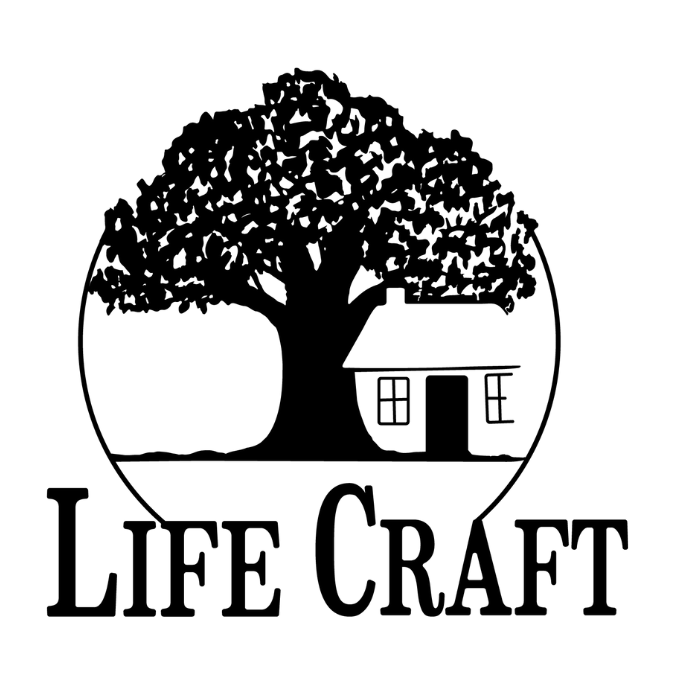“We must teach beauty not from horror of ugliness but rather by attraction to beauty.”
Charles Peguy, ‘The School Teachers’ in Basic Verities
Beauty is not the private reserve of the aesthete, nor the artist or the highly cultured. It is the inheritance of all. It is central to life itself.
Yet nevertheless a sense of beauty must be taught, and learned. It must be cultivated.
I wonder how beauty can be taught. I suppose the means of teaching it will vary according to the age of the student. Surely, we are all still students, and we must first learn if we are to be able to teach.
It’s tempting to turn to beauty to save us from creeping ugliness. I hope it’s not snobbery to say that a visit to Walmart, especially this time of year, can be harrowing, even unnerving. What can be done?
We have a daunting challenge: how to cultivate a sense of beauty? The nature of beauty is profound and sometimes confusing, so it is hard to know where to begin. Perhaps we can safely distinguish a few areas of beauty for starters—of the natural world, of artifacts, and of moral character—and then take a two-step approach.
A great first step for all of us is simply to put ourselves in the presence. Beauty is something that we receive by our powers of apprehension. To this extent in any case, there is some truth to the adage that beauty is in the eye of the beholder. We can learn to behold beauty, by practicing doing so, and then to some extent it will be within us.
The second step is choosing to receive it with gratitude. We can pass by beauty of all three kinds—indeed surely we do so daily—without consciously adverting to it, appreciating it, and making it our own. Again, here we must overcome the fear that we won’t know beauty when we see it. Yes, there is objectivity in all three areas of beauty, about which we need to learn. Choosing to receive is an act of docility, in which we are open to learn, including from those who have seen more than we have. And we will see more and more.
There is much beauty all around us. Indeed, there is far more than we will succeed in beholding: in the natural world; in artifacts of all kinds—even if here we must turn to craft-traditions that have been obscured and set aside; in the character of human persons—those around us and those portrayed in literature and other arts, including music.
We can train our eyes, and our ears, and our souls, by putting ourselves in the presence, and consciously choosing each day to receive, with gratitude.
Charles Peguy (1873-1914) was a French poet and essayist. He died in battle in World War I.
Image: natural beauty that we can take for granted.
Husband, father, and professor of Philosophy. LifeCraft springs from one conviction: there is an ancient wisdom about how to live the good life in our homes, with our families; and it is worth our time to hearken to it. Let’s rediscover it together. Learn more.




“For even the godless feel something in a church,
A twinge of hope, fear? Who knows what it is?
A trembling unaccounted by their laws,
An ancient memory they can’t dismiss.
There are so many things I must tell God!
The howling of the dammed can’t reach so high.
But I stand like a dead thing nailed to a perch,
A crippled saint against a painted sky.”
from “The Angel with the Broken Wing” in Dana Gioia’s collection of poems «Pity the Beautiful»